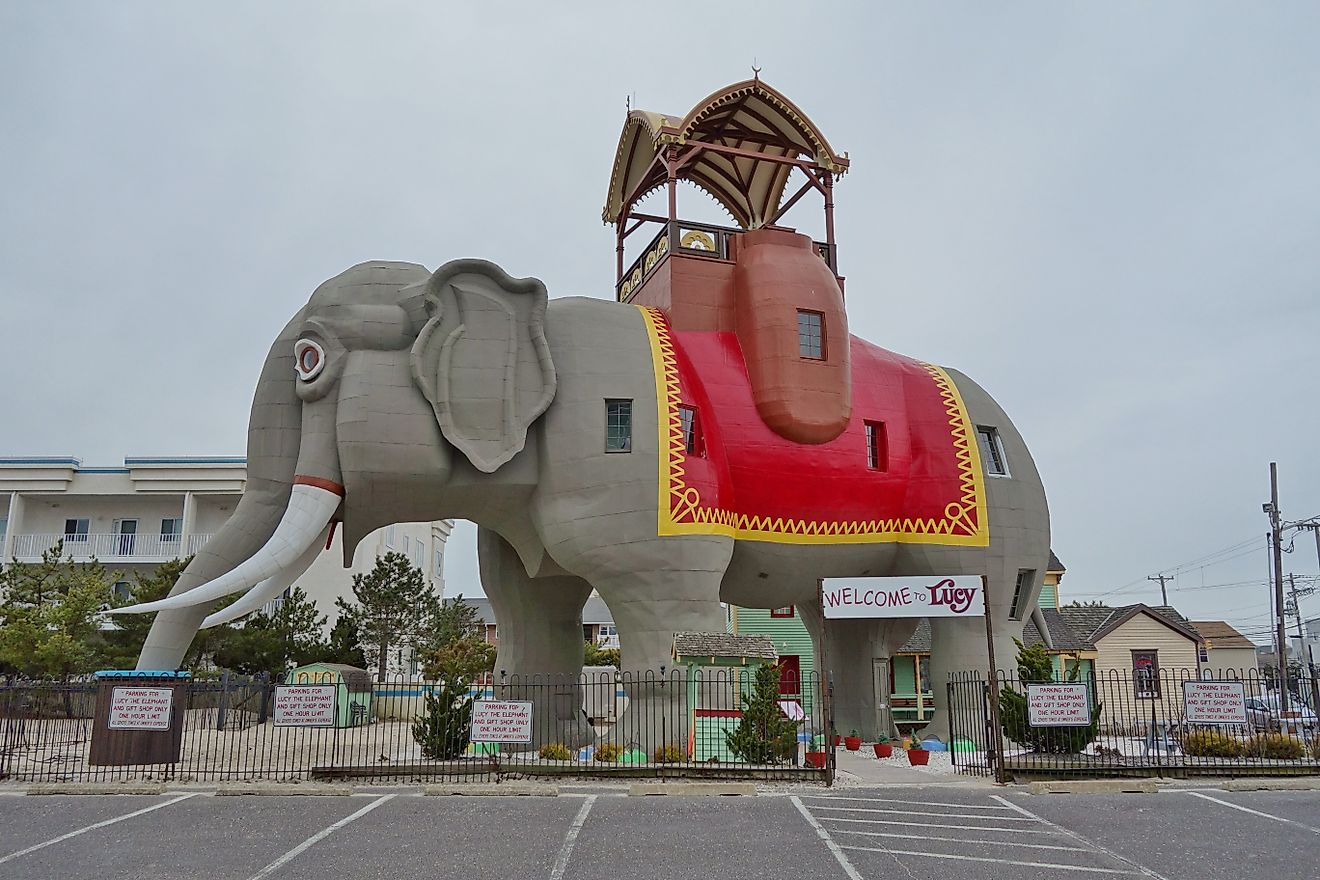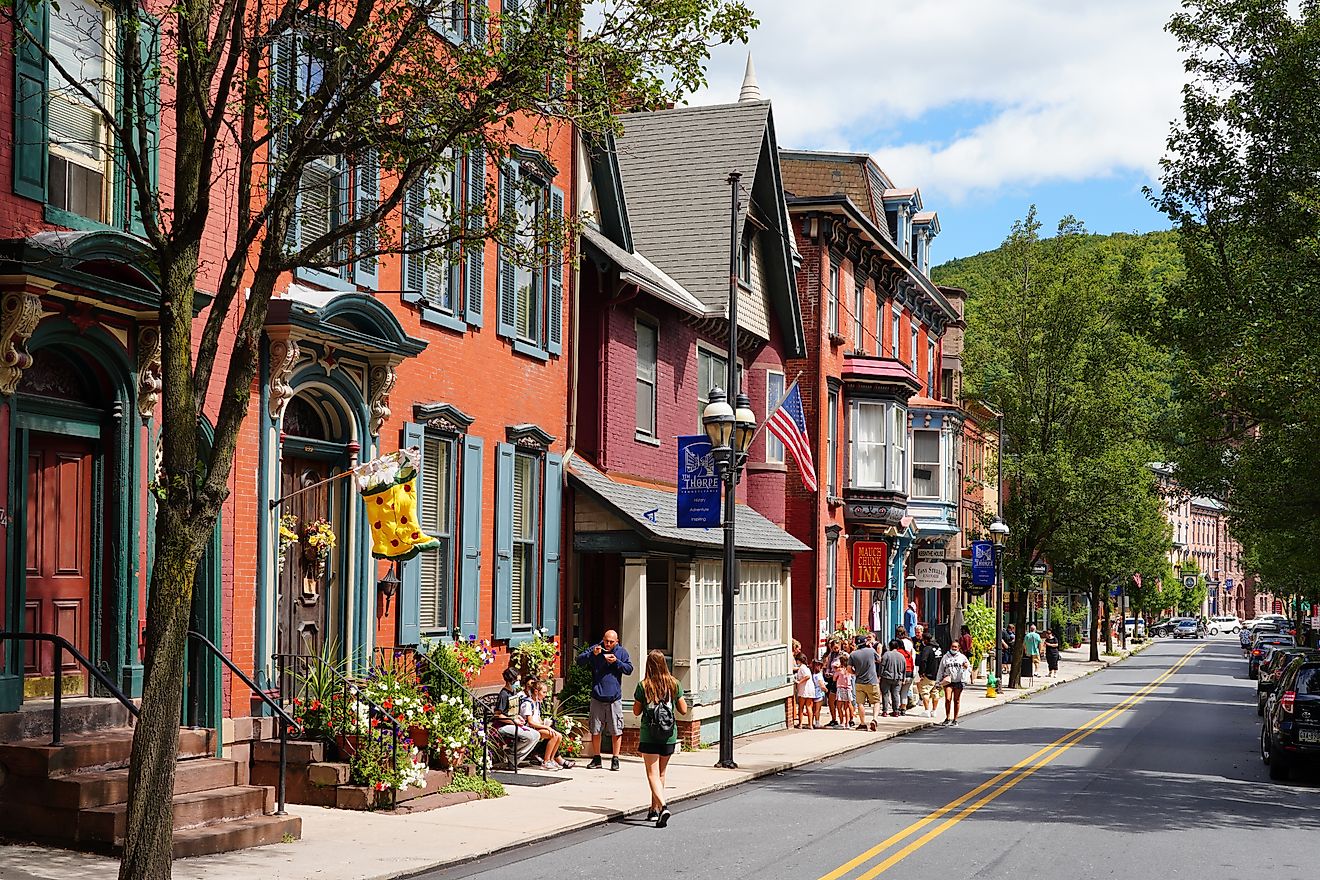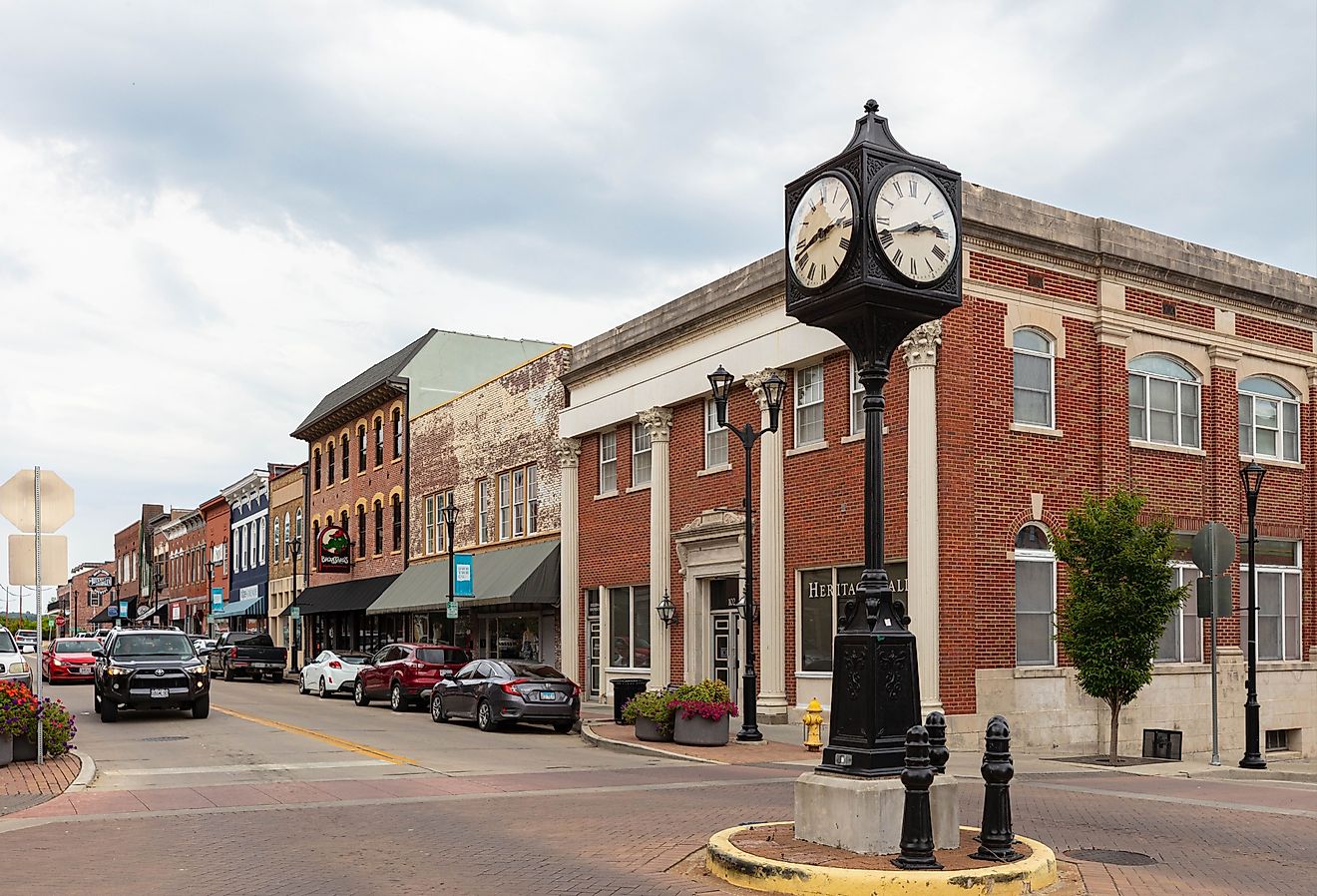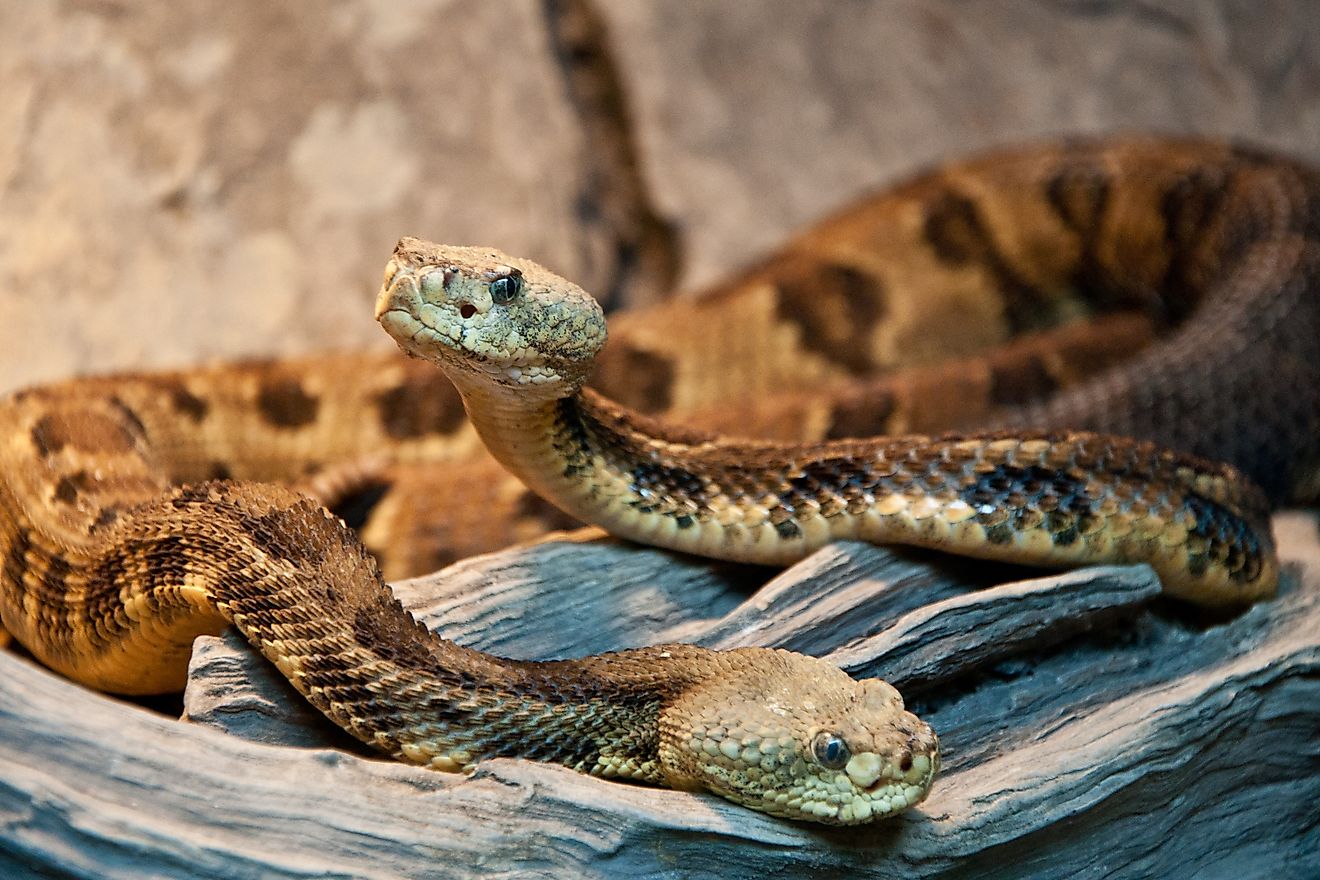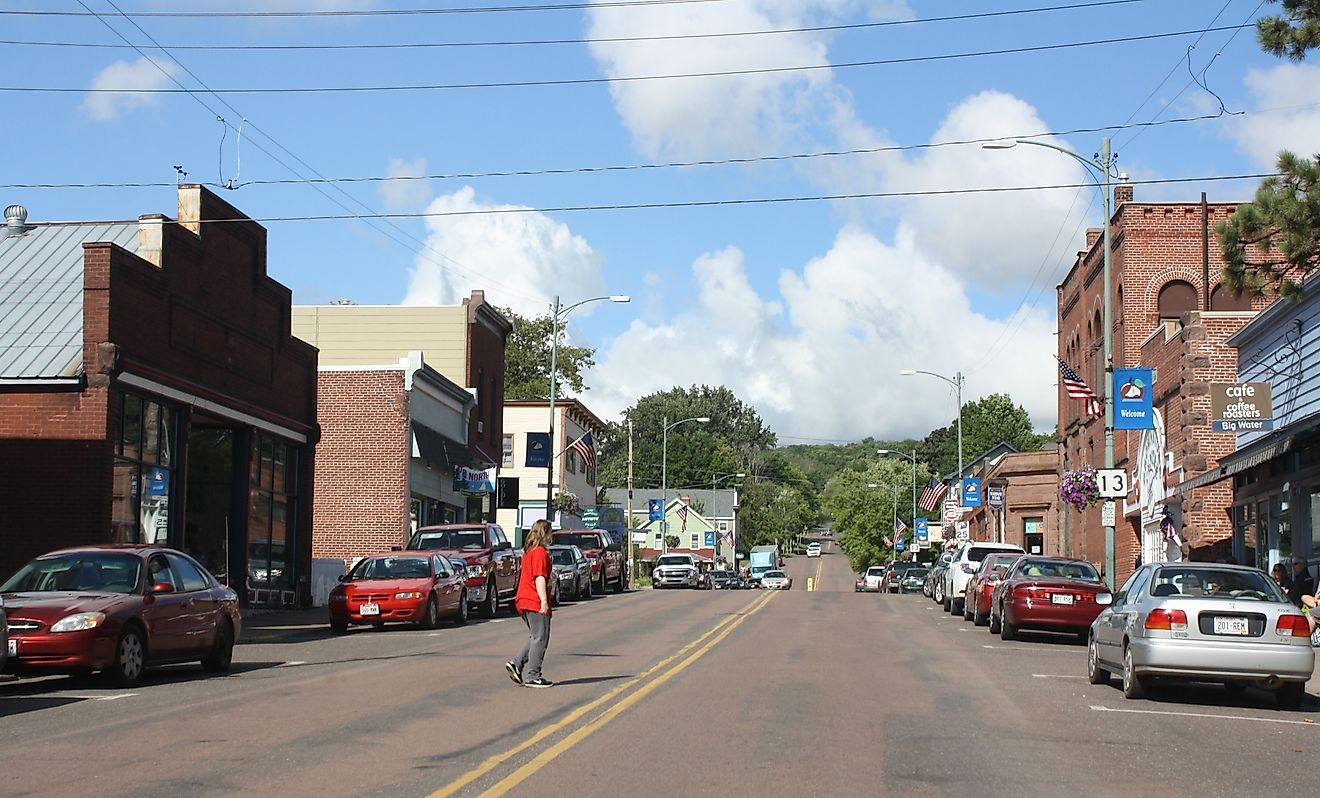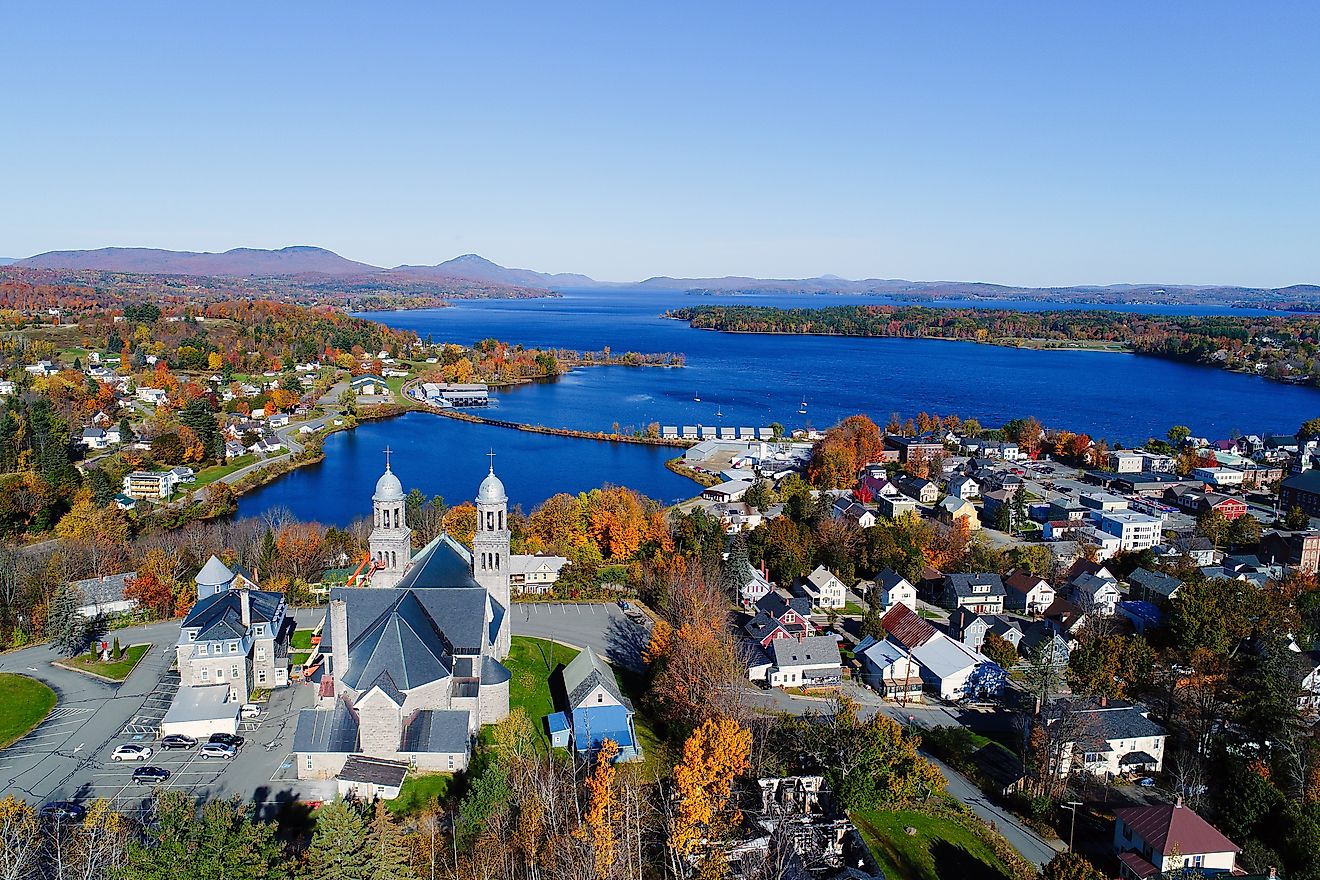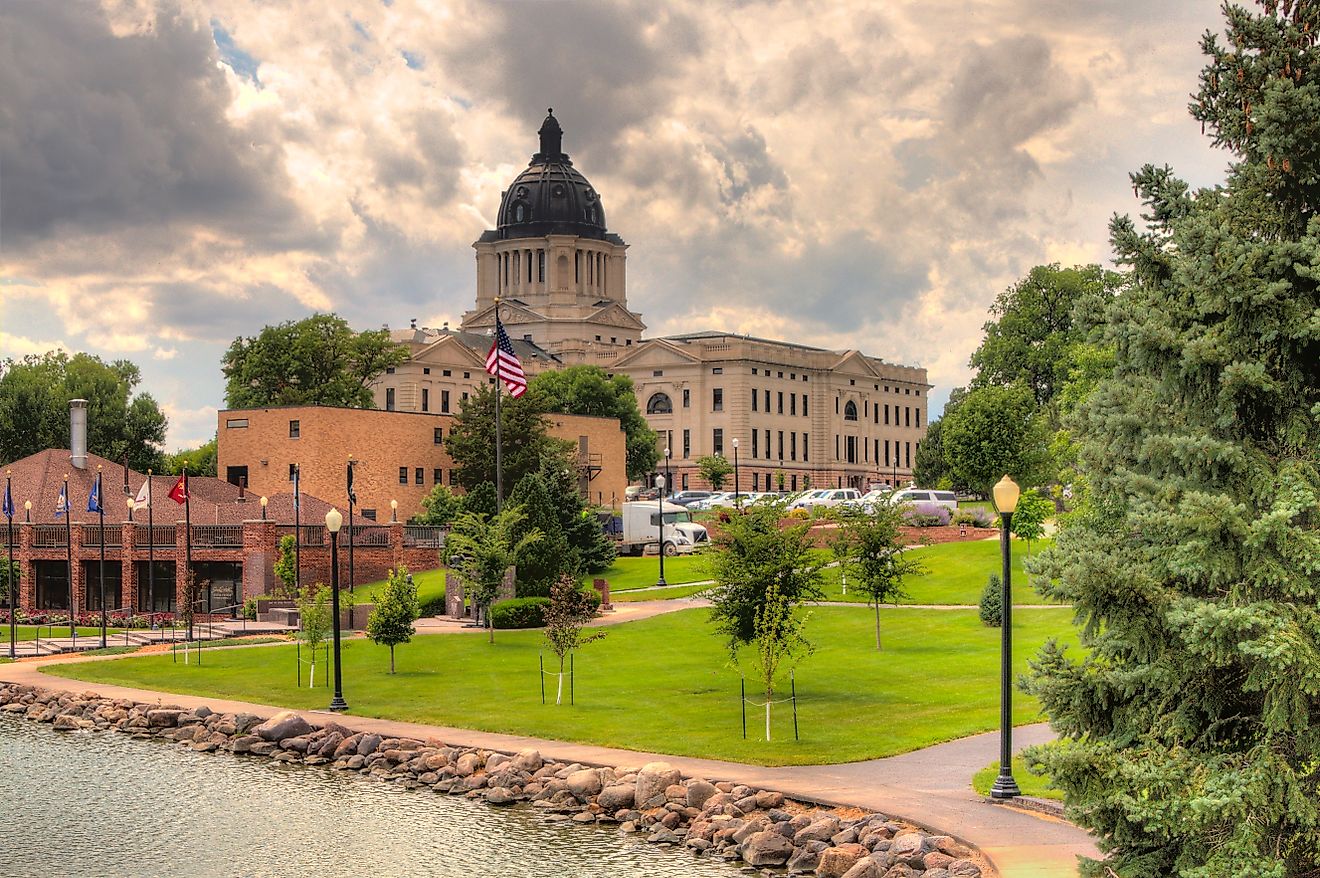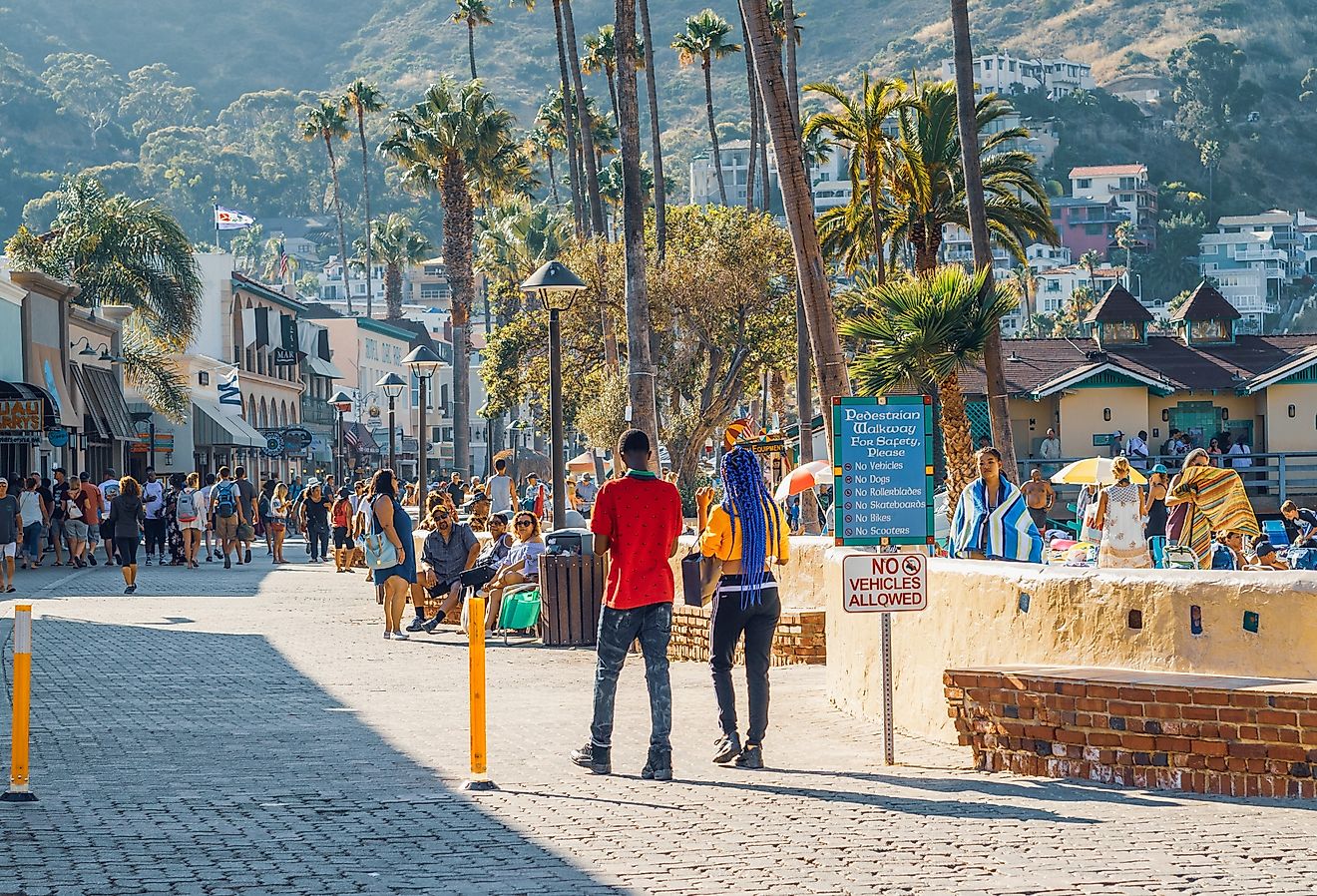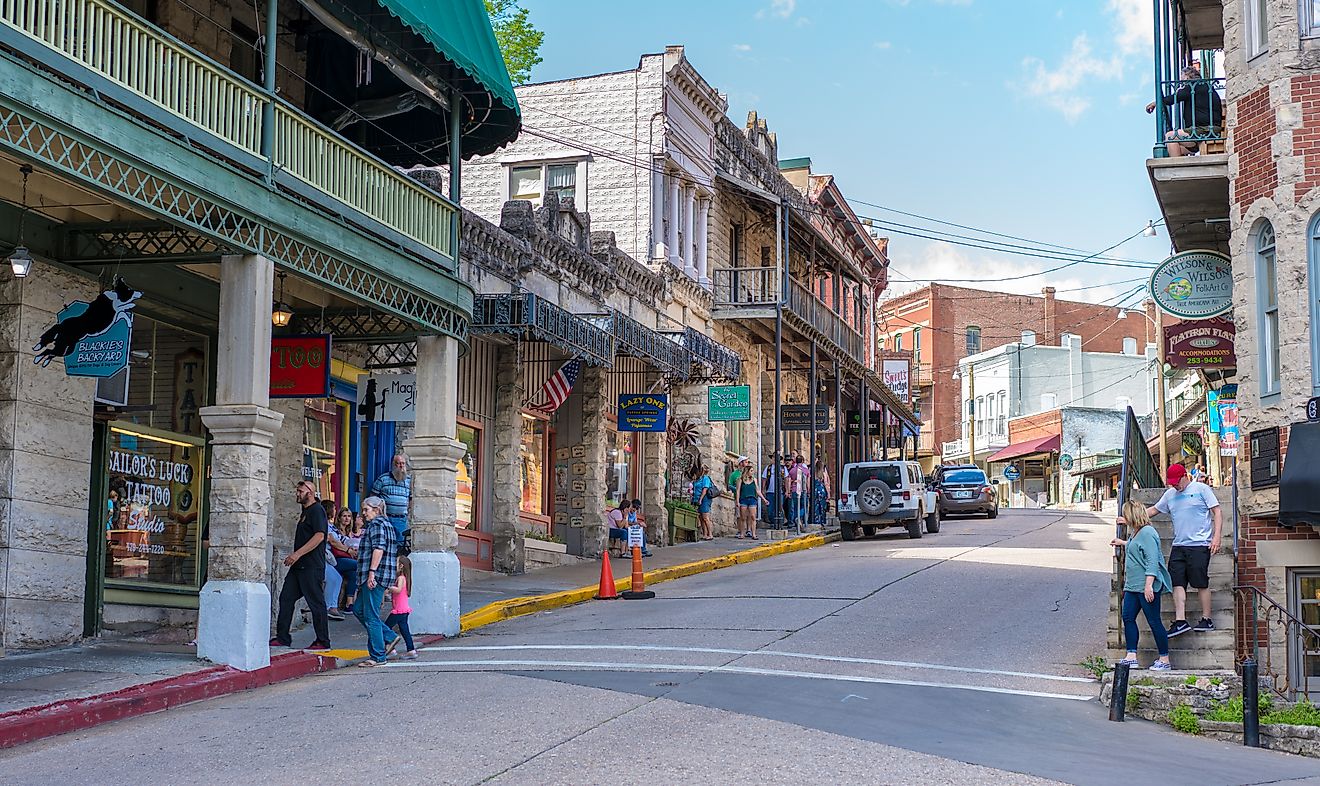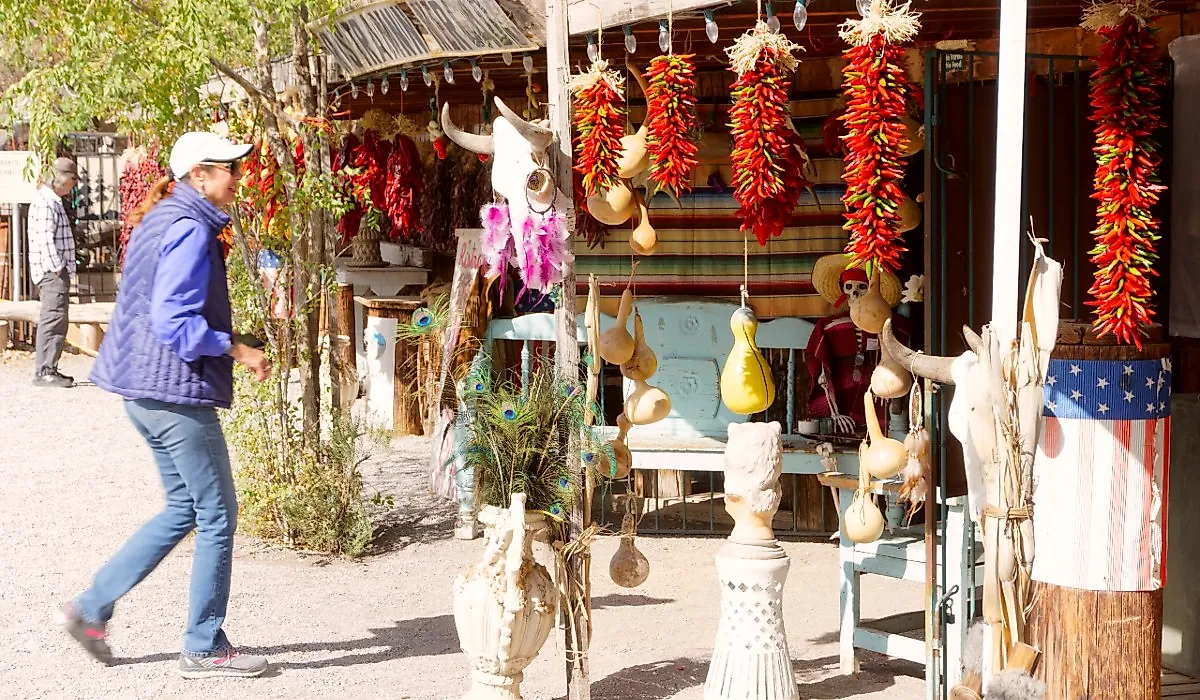
The 8 Friendliest Little Towns In New Mexico
The state of New Mexico holds the essential spirit of the American Southwest. Also called the Land of Enchantment, the state, which joined the Union in 1912, combines elements from both sides of the US-Mexico border. The region once functioned as a Native American cultural hub, later becoming a Spanish colonial area. These and other histories stand out in friendly little towns away from the state's larger cities like Albuquerque and Santa Fe. For an enchanting trip through a vibrant part of the Southwest, New Mexico merits a visit soon.
Aztec

The Aztec Main Street Historic District in Aztec, New Mexico, USA
Located in northwestern New Mexico near the Colorado border, Aztec features attractions such as a national monument and a site that contributes to the broader Chacoan cultural network recognized by UNESCO. The Aztec Ruins National Monument brings thousands of history buffs and visitors each year. Once a large settlement of the Pueblo tribe of Native Americans, the remains of the Aztecs' stone-built houses and other structures suggest the grandeur of a civilization now in the past.
For a more modern thrill, check out the Aztec Speedway, a track for car racing. Nature fans will enjoy the Animas River, which runs through Aztec's pleasant downtown, while Riverside Park provides space for walking, family gatherings, and a place to stretch the legs after a long car trip into town. The Aztec Skate Park welcomes skateboarders and other daredevils of all ages.
Chimayo
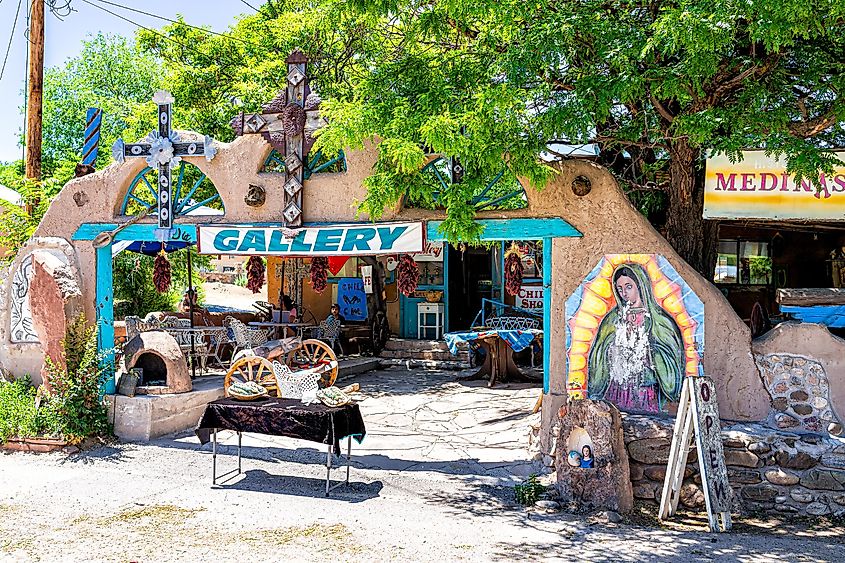
Chimayo, one of north-central New Mexico's friendliest places, has welcomed spiritual seekers for generations. The town is thought to offer healing properties, especially at the El Santuario de Chimayo, a Catholic shrine first built in 1813. Called the "Lourdes of America," after the pilgrimage site in France, New Mexico's most popular sanctuary brings in mostly Catholic pilgrims from the US and international points of departure. All over town, Chimayo's sanctuary and other locations display examples of Native American adobe construction, which was a traditional building material pre-dating European settlement in this part of North America.
Chimayo lies along the Old Spanish National Historical Trail, a colonial-era trade and travel route that reaches as far as Los Angeles.
Mesilla

As a border town, Mesilla is small but stands tall as one of New Mexico's most historically important locations. The town became a permanent US settlement in 1854 through the Gadsden Purchase, following years of back-and-forth disputes between the United States and Mexico.
The town, which sits about 45 miles northwest of El Paso, Texas, is a tranquil and welcoming place today. The Mesilla Plaza, a National Historic Landmark since 1961, beckons history-loving travelers from all over. Mesilla also honors Cinco de Mayo with an annual festival in town. The region's natural beauty awaits at the Mesilla Valley Bosque State Park, which lies west of town, along the Rio Grande River.
Raton
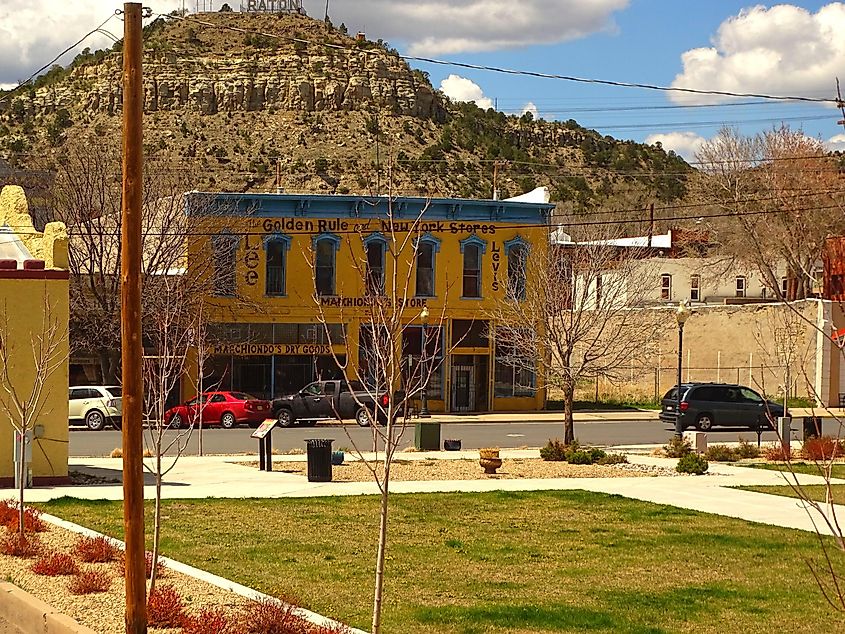
In northeast New Mexico, just over the state border with Colorado, Raton is a beautiful, friendly, and art-filled destination. The Raton Museum, as well as the Old Pass Gallery, show creative color from local and other artists. The Raton Arts & Humanities Council, a local organization, supports the town's creative output through exhibitions, performances, concerts, and similar happenings.
For fans of nature and those needing fresh air, the Climax Canyon Nature Trail provides a great workout in the fresh air. After working up an appetite, sample Raton's Mexican food, like at Portillo's Restaurant, or try the Indian dishes at Desi Curry Corner, both downtown.
Silver City
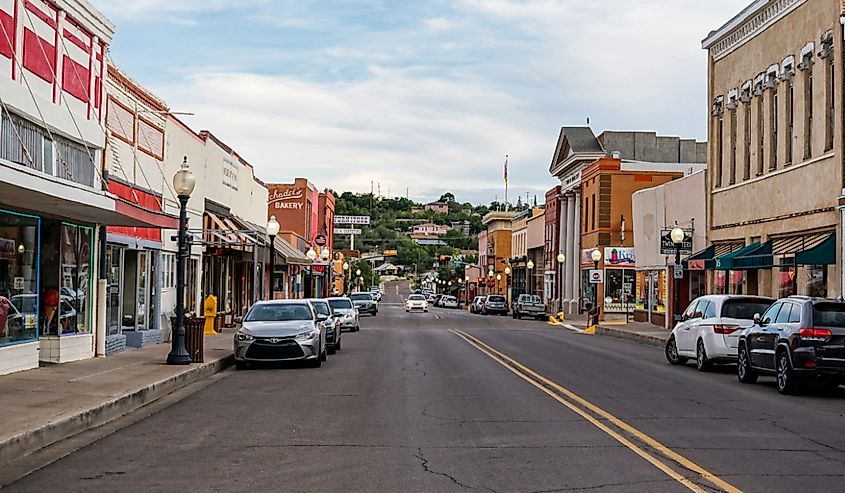
In New Mexico's southwest, Silver City, sitting approximately 6,000 feet above sea level, takes its name from the area's mining boom that began in the 1870s. Get-rich-quick types and other adventurers caused the local population to spike, and some of their descendants remain in Silver City today. Fun fact: the town sits just east of the Continental Divide, sending water either to the Gulf of Mexico (Gulf of America) or to the Pacific Ocean.
Travelers to Silver City will love its combination of art and architecture. The Silco Theater, built in 1923, finished a renovation in recent years and has shown movies since 2016. The Whiskey Creek Zocalo, a center for visual and performing arts, opened in 2023. Other old structures cluster in the town's Chihuahua Hill Historic District. The town supports cultural festivals like the WNMU ¡Fiesta Latina! and the Red Paint Powwow.
Socorro
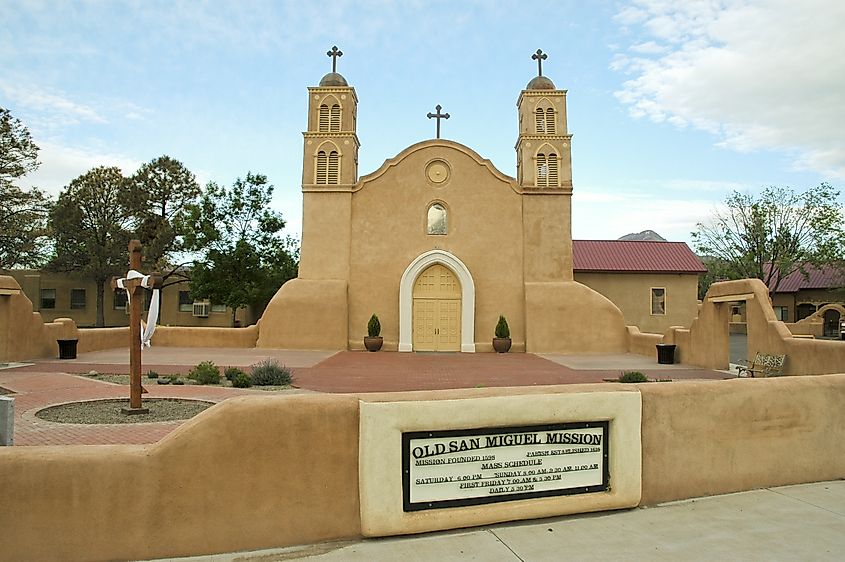
Socorro's history comes through from its very name. In 1598, a group of Spanish colonists were traversing a stretch of desert, and finding some Piro Native Americans, who supplied them with food and water, the Spanish moved to name the place Socorro — for succor, or "help." Socorro once served as the endpoint of the 90-mile trek from Las Cruces, a dangerous road the Spanish used to call Jornada del Muerto: "Dead Man's Journey." The Jornada del Muerto Desert, outside town, forms part of the historic Camino Real.
Modern Socorro has developed as a result of more recent developments. The Atchison, Topeka and Santa Fe Railway once operated near here. In 1945, nuclear bomb testing took place at the Trinity site in nearby Los Alamos. The Owl Bar and Cafe, just south of town, used to serve nuclear workers, serving them the green chile cheeseburgers for which tourists still flock to the restaurant today. In natural attractions, the Sevilleta National Wildlife Refuge and the Bosque del Apache National Wildlife Refuge await north and south of Socorro, respectively.
Taos
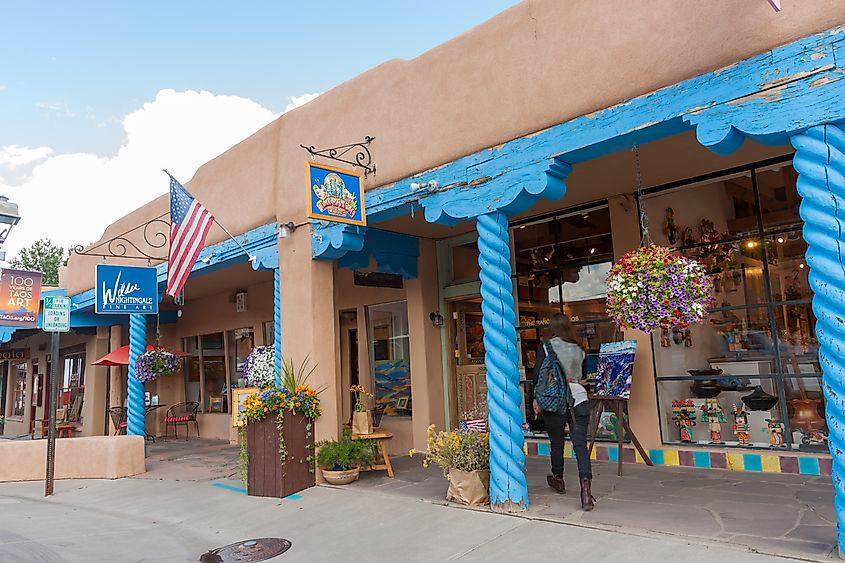
In north-central New Mexico, the hamlet of Taos draws visitors for its outsized legacy in American art and history. The Taos Pueblo, a former Native American settlement, has the remains of elaborate adobe buildings that UNESCO named a heritage site in 1992. More than twenty of Taos' buildings appear today on the National Register of Historic Places.
Painting enthusiasts usually go to the Taos Art Museum at Fechim House, as well as the Harwood Museum of Art, both downtown. Taos is synonymous with the American master painter Georgia O'Keeffe, whom some critics call the "Mother of American Modernism." O'Keeffe worked and lived at the now-legendary Ghost Ranch, which is about 60 miles west of Taos, for extended periods beginning in the 1920s.
Tucumcari

Northeastern Tucumcari has drawn travelers for decades. Its Main Street features antiquated buildings that remain in use today, including the Tucumcari Railroad Museum, which was once a rail station and was built in 1926. The Odeon Theatre, also standing in town, was built in 1936. Today, the town is a cattle-raising hub, with two of the largest working ranches in the United States.
Outdoor enthusiasts will enjoy Tucumcari Mountain, while the Mesalands Dinosaur Museum is a sure bet for families traveling with young children. For the road-tripper in all of us, the town's Route 66 Monument honors the legendary "Mother Road" of the American West.
New Mexico's Small Towns Are Among Its Friendliest
Welcoming towns like these show how much New Mexico has to offer the first-time or repeat visitor. Places like Aztec and Chimayo honor the architecture and other legacies of Native American as well as Spanish architecture and other cultural vestiges. Raton and Taos suggest how creative the state is, both now and through the legacies of past creative giants like Georgia O'Keeffe. Socorro and Tucumcari offer natural wonders in abundance, from the storied Jornada del Muerto to Tucumcari Mountain. No matter what a traveler's tastes might require, New Mexico's well-known friendliness will be sure to bring satisfaction.

